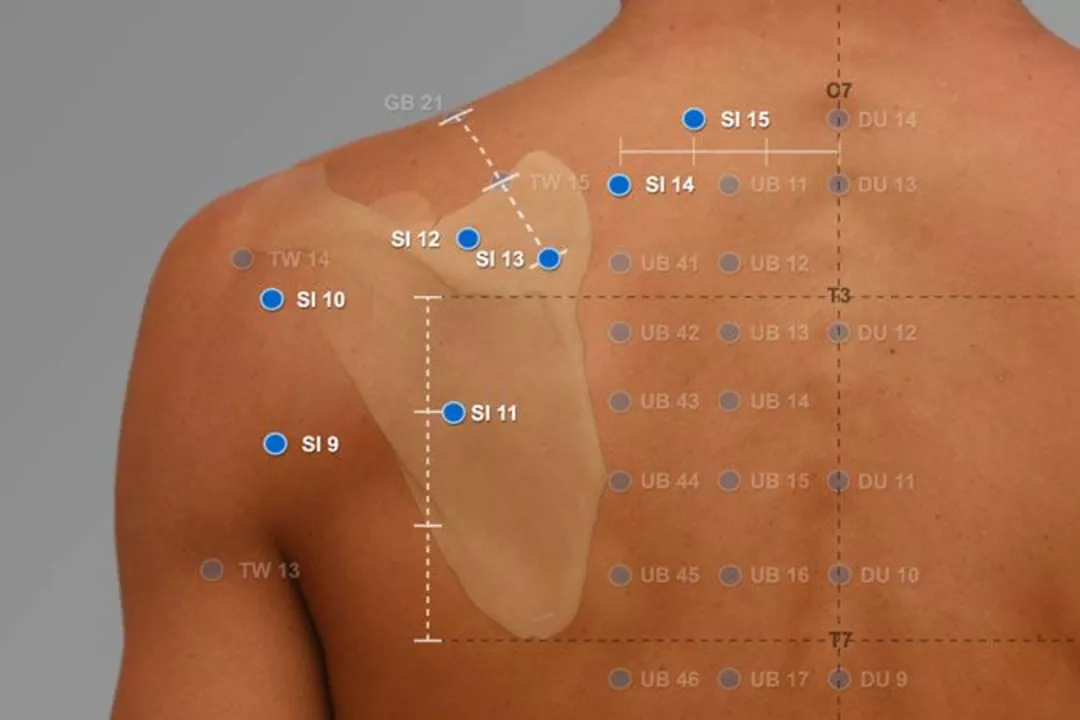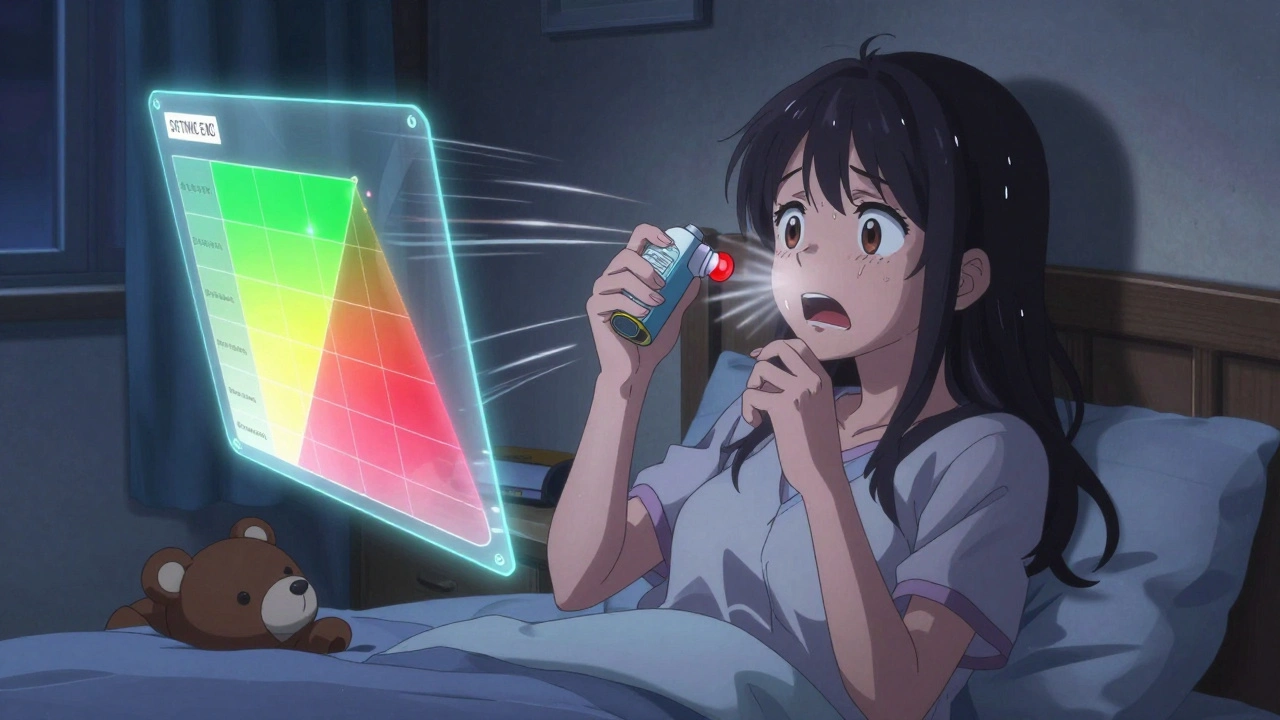Acupuncture
is a therapy that uses very thin needles to stimulate points on the body. People try it for pain, stress, sleep, fertility support, and general well‑being. This guide gives clear, practical advice on what acupuncture can help with, how sessions feel, safety rules, and how to choose a practitioner.
What it helps with
What it helps with depends on the condition. Good evidence exists for chronic low back pain, knee osteoarthritis, tension headaches, and migraines. Many people also use acupuncture to ease anxiety, improve sleep, and reduce nausea. It often reduces pain enough to complement other treatments like exercise therapy or medication. Results vary; some patients feel better after one session, others need several.
A typical session lasts twenty to forty five minutes. The practitioner asks about your history, locates points, and inserts sterile, single‑use needles. You may feel a light pinch, a dull ache, or warmth. Most people relax during treatment. Always expect clear communication: a good practitioner explains goals, possible side effects, and follow‑up plans.
How a session works and safety tips
Safety is straightforward when you pick a licensed acupuncturist. Avoid clinics that reuse needles or pressure you into long expensive packages. Tell your practitioner about blood thinners, pregnancy, a pacemaker, or immune problems. Minor bruising or light bleeding can happen, but serious complications are rare with trained providers.
Acupuncture works best as part of a plan. For chronic pain, combine sessions with strengthening exercises, posture work, and weight management where relevant. For anxiety or insomnia, use acupuncture alongside therapy, sleep habits, or medication when needed. It can reduce symptoms but rarely replaces core medical care.
Check qualifications, ask about licensing, read reviews, and confirm needle sterilization. A credible practitioner will welcome questions and offer a clear treatment plan. If someone guarantees a cure, walk away.
Sessions cost varies, often between affordable single visits and package deals. Insurance may cover acupuncture for specific diagnoses; check your plan. Ask about cancellations, target number of sessions, and what to expect after each visit.
Track your symptoms in a simple diary. Note pain levels, sleep, mood, and activity. Small changes over a few weeks can show if treatment helps. If there is no improvement after a reasonable trial—often six sessions—ask to adjust the plan or try alternatives.
Before a session, eat a light meal, wear loose clothing, and bring a list of medications. After treatment, avoid heavy activity for a few hours, drink water, and rest if needed. Keep expectations realistic; acupuncture helps some people a lot, others a little.
Want to try acupuncture? Start with a single session, talk through your goals, and plan a short course before deciding. If you have specific questions about conditions, medications, or combining acupuncture with treatments, check relevant articles on our site or ask your healthcare provider. Good care is practical, transparent, and patient‑focused.
Quick tip: if you prefer evidence‑based choices, ask the practitioner about studies, expected timeline, and measurable goals. That keeps treatment focused and saves time and money.
Check local licensed acupuncturists, read patient reviews, and compare prices before booking.
The Benefits of Acupuncture for Acid Indigestion Relief
As someone who has personally experienced the discomfort of acid indigestion, I can't recommend acupuncture enough for relief. Not only does it help to reduce inflammation in the stomach, but it also aids in promoting a healthy digestive system. Acupuncture has been proven to stimulate the release of endorphins, which helps to relax the body and reduce stress, a common trigger for indigestion. The treatment is non-invasive and has minimal side effects, making it a safe and effective option for those suffering from acid indigestion. Give acupuncture a try and experience the relief it can bring to your digestive system.






